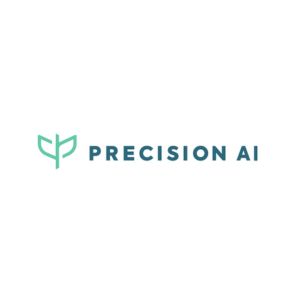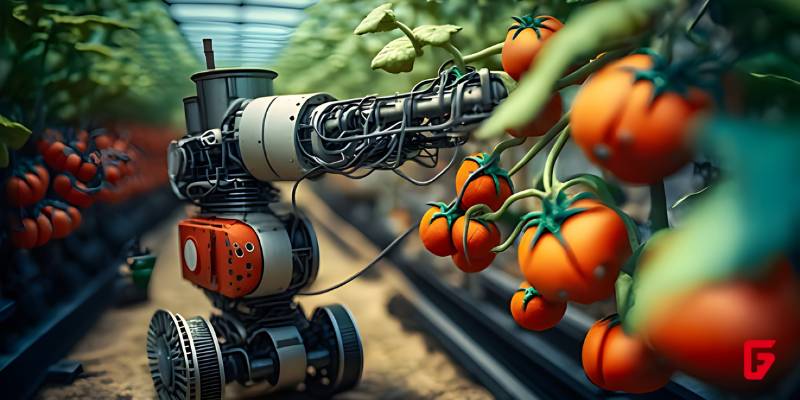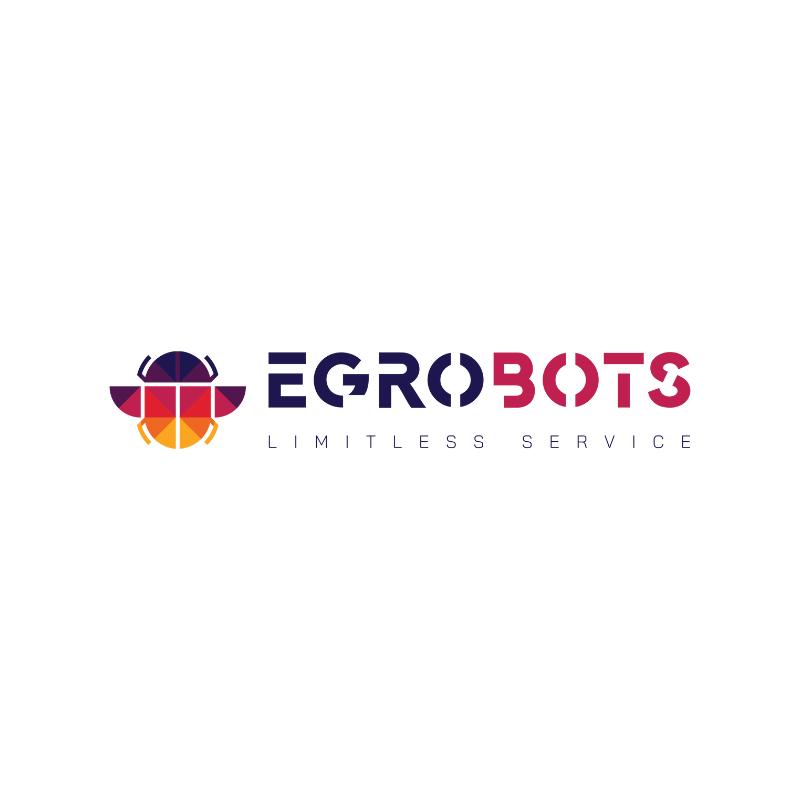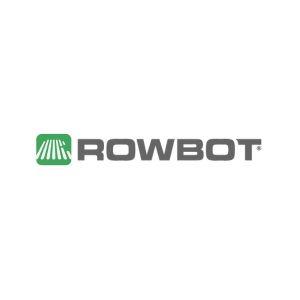Space V

Space V develops advanced vertical greenhouses designed for space agriculture. Their innovative Adaptive Multilayer Greenhouse system enables efficient plant cultivation in microgravity environments, supporting food production for orbital stations, lunar bases, and future Mars settlements. The technology maximizes crop yield by dynamically adjusting shelf distances, using LED lighting and precision irrigation to create optimal growing conditions with significantly reduced energy and water consumption.
Burro

Burro AI develops autonomous collaborative robots for agriculture that enhance worker productivity. These robots use computer vision, GPS, and AI to navigate complex environments, carrying loads, scouting crops, and performing multiple tasks without requiring new infrastructure. Burro robots can follow workers, learn routes, and operate both indoors and outdoors, with capabilities ranging from transportation to data collection across various agricultural settings.
Farm-ng

Farm-ng creates autonomous robotic platforms for agricultural tasks. Their Amiga robot helps farmers automate complex field operations like seeding, harvesting, weeding, and surveying. Designed as a modular, versatile electric platform, the robot can carry up to 600 pounds, operate for 8 hours, and adapt to various terrains and crop types. The system includes advanced features like AI-powered navigation, smart cameras, and customizable interfaces that enable farmers to reduce manual labor and increase operational efficiency.
Precision AI

Precision AI develops advanced agricultural drones that utilize artificial intelligence for precise, plant-level decision-making across large farming areas. The technology enhances farming practices by improving crop health, optimizing resource use, and increasing profitability.
Muddy Machines

Muddy Machines develops electric robots for agricultural harvesting and logistics. Their autonomous robots solve critical labor shortages in farming by performing precise crop harvesting and transportation tasks. Using advanced AI and sensor technologies, these lightweight electric vehicles can harvest asparagus and transport crop trays with minimal human intervention, increasing farm productivity and reducing manual labor demands.
Farming in the Future: Steps to Prepare Agriculture for the Robotics Revolution

9 steps must be taken to ensure farmers are ready for the adoption and incorporation of robotics into their daily agriculture operations.
21 Robotics Companies Revolutionizing Modern Agriculture

Robotics companies are now indispensable in modern agriculture transforming how crops are grown and managed. Here are 21 companies to know.
Egrobots

Egrobots develops advanced agricultural technology using autonomous robots and AI to help farmers detect crop diseases early, improve yields, and reduce agricultural losses. Their platform provides real-time farm monitoring through a mobile app, enabling precise data collection and analysis at the leaf level. Farmers can instantly identify plant health issues, receive personalized recommendations, and manage farm operations more efficiently without being physically present on the farm.
EarthSense

EarthSense develops autonomous AI-powered robots for agricultural technology. Their robotic platforms like TerraMax, TerraPreta, and TerraSentia help farmers overcome labor shortages, reduce chemical usage, and improve crop productivity. These intelligent robots enable high-throughput field phenotyping, soil enrichment, and autonomous farming solutions across orchards, vineyards, and plantations.
Rowbot

Rowbot develops autonomous robotic platforms for row crop agriculture, specializing in precision farming tasks. Their machines navigate between crop rows to perform critical agricultural operations like applying nitrogen fertilizer, seeding cover crops, and collecting farming data. The robots operate with advanced GPS guidance, enabling farmers to enhance crop productivity and make more informed agricultural decisions through automated technology.
